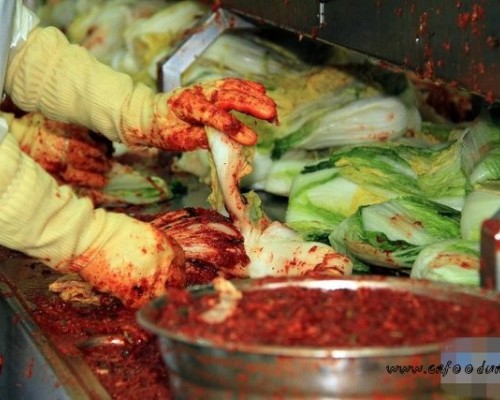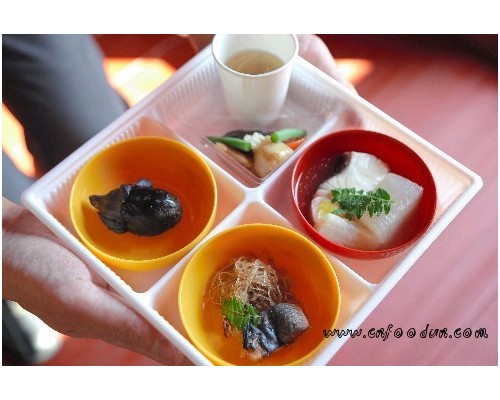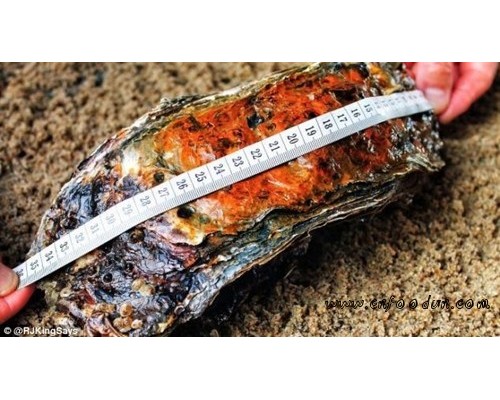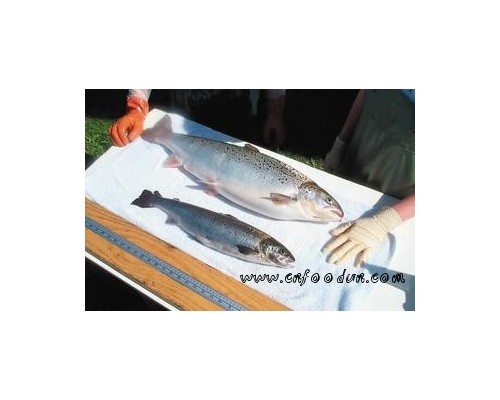该小组评价了这些物质的化学结构,每日容许摄入量等,以便为其商业化使用提供依据。
原文报道:
The Scientific Panel on Food Contact Materials, Enzymes, Flavourings and Processing Aids (the Panel) was asked to provide scientific advice to the Commission on the implications for human health of chemically defined flavouring substances used in or on foodstuffs in the Member States. In particular, the Panel was requested to evaluate seven flavouring substances in the Flavouring Group Evaluation 32, (FGE.32), using the Procedure as referred to in the Commission Regulation (EC) No 1565/2000. These seven flavouring substances belong to chemical groups 25 and 30, Annex I of the Commission Regulation (EC) No 1565/2000.
The present Flavouring Group Evaluation 32 (FGE.32) deals with seven flavonoids from chemical groups 25 and 30. The seven flavonoids comprise three flavanones [FL-no: 16.058, 16.083 and 16.097], of which one is a glycoside [FL-no: 16.058], and four dihydrochalcones [FL-no: 16.061, 16.109, 16.110 and 16.112], of which three are glycosides [FL-no: 16.061, 16.110 and 16.112].
The three flavanones, [FL-no: 16.058, 16.097 and 16.083] possess one chiral center. For [FL-no: 16.058 and 16.097] the stereoisomeric composition is given by their names. [FL-no: 16.083] has been presented without specification of the stereoisomeric composition. The four glycosides [FL-no: 16.058, 16.061, 16.110 and 16.112] have several chiral centres, but for all four substances the stereoisomeric composition is given by their names.
The three flavanones [FL-no: 16.058, 16.083 and 16.097] are classified by the decision tree approach into structural class II and the four dihydrochalcones [FL-no: 16.061, 16.109, 16.110 and 16.112] are classified into structural class III.
One of the flavouring substances in the present flavouring group evaluation occurs naturally in citrus fruits, especially grapefruits and two are aglycones of glycosides occurring in apples and citrus fruits.
In its evaluation, the Panel as a default used the “Maximised Survey-derived Daily Intake” (MSDI) approach to estimate the per capita intakes of the flavouring substances in Europe. However, when the Panel examined the information provided by the European Flavour Industry on the use levels in various foods, it appeared obvious that the MSDI approach in a number of cases would grossly underestimate the intake by regular consumers of products flavoured at the use level reported by the industry, especially in those cases where the annual production values were reported to be small. In consequence, the Panel had reservations about the data on use and use levels provided and the intake estimates obtained by the MSDI approach.
In the absence of more precise information that would enable the Panel to make a more realistic estimate of the intakes of the flavouring substances, the Panel has decided also to perform an estimate of the daily intakes per person using a “modified Theoretical Added Maximum Daily Intake” (mTAMDI) approach based on the normal use levels reported by industry. In those cases where the mTAMDI approach indicated that the intake of a flavouring substance might exceed its corresponding threshold of concern, the Panel decided not to carry out a formal safety assessment using the Procedure. In these cases the Panel requires more precise data on use and use levels.
According to the default MSDI approach, the three flavanones belonging to structural class II have daily per capita intakes as flavouring substances of 0.61-280 microgram, which are below the threshold of concern of 540 microgram/person/day for a substance belonging to structural class II. Two of the four dihydrochalcones belonging to structural class III [FL-no: 16.061 and 16.109] have daily per capita intakes of 12 and 61 microgram, respectively, which are below the threshold of concern for structural class III of 90 microgram/person/day. The remaining two dihydrochalcones belonging to structural class III [FL-no: 16.110 and 16.112], have daily per capita intakes as flavouring substances of 120 and 1200 microgram, which are above the threshold of concern for structural class III. A NOAEL of 500 mg/kg bw/day has been concluded by SCF for neohesperidin dihydrochalcone [FL-no: 16.061] which is structurally related to [FL-no: 16.110 and 16.112]. The combined estimated daily per capita intake of 1320 microgram for [FL-no: 16.110 and 16.112] corresponds to 22 microgram/kg bw/day at a body weight of 60 kg. Thus, a margin of safety of 2.3 x 104 can be calculated.
The combined intake of the three three flavanones from structural class II [FL-no: 16.058, 16.083 and 16.097] and the combined intake of the four dihydrochalcones from structural class III [FL-no: 16.061, 16.109, 16.110 and 16.112], do not pose a safety concern at the estimated levels of intakes.
The genotoxicity data available do not prevent the evaluation through the Procedure.
The seven flavouring substances can be predicted to be metabolised to innocuous products.
It was noted that where toxicity data were available they were consistent with the conclusions in the present flavouring group evaluation using the Procedure.
It is considered on the basis of the default MSDI approach, that the seven flavouring substances will not give rise to safety concerns at the estimated levels of intake arising from their use as flavouring substances.
When using the mTAMDI approach the anticipated intakes were estimated to be in the range of 1400 to 74000 microgram/person/day for the flavouring substances allocated to structural class II or III. The intakes are all above the thresholds of concern of 540 and 90 microgram/person/day for structural class II and III, respectively. Therefore, for all these seven substances more reliable exposure data are required. On the basis of such additional data, these seven flavouring substances should be reconsidered along the steps of the Procedure.
The Panel noted the large differences in the MSDI and mTAMDI figures and that the mTAMDI values exceed the thresholds of concern for the allocated strutural classes for all seven flavouring substances by one or several orders of magnitude.
In order to determine whether the conclusion for the flavouring substances can be applied to the materials of commerce, it is necessary to consider the available specifications. Adequate specifications including complete purity criteria and identity for the materials of commerce have been provided for the seven flavouring substances, except that information on stereoisomerism has not been specified for one of the substances [FL-no: 16.083]. Thus, the final evaluation of the materials of commerce cannot be performed for [FL-no: 16.083], pending further information on isomerism.
The remaining six substances [FL-no: 16.058, 16.061, 16.097, 16.109, 16.110 and 16.112] would present no safety concern based on the levels of intake estimated on the basis of the MSDI approach.







